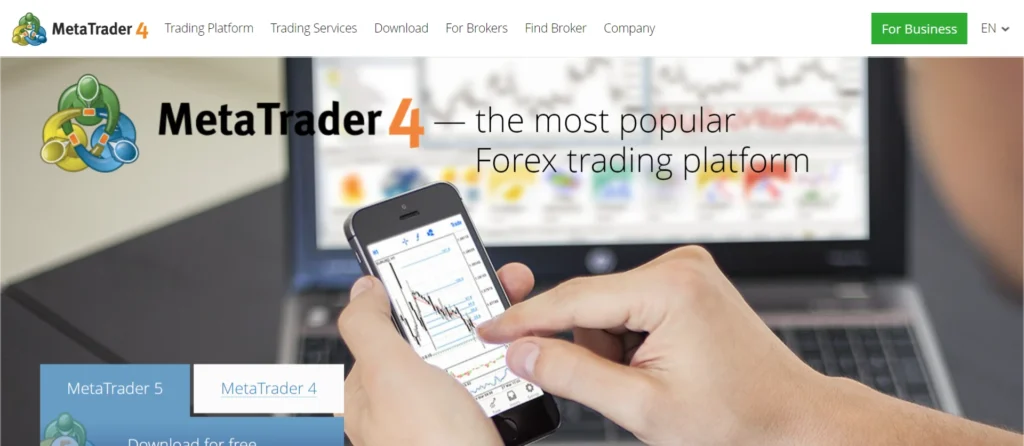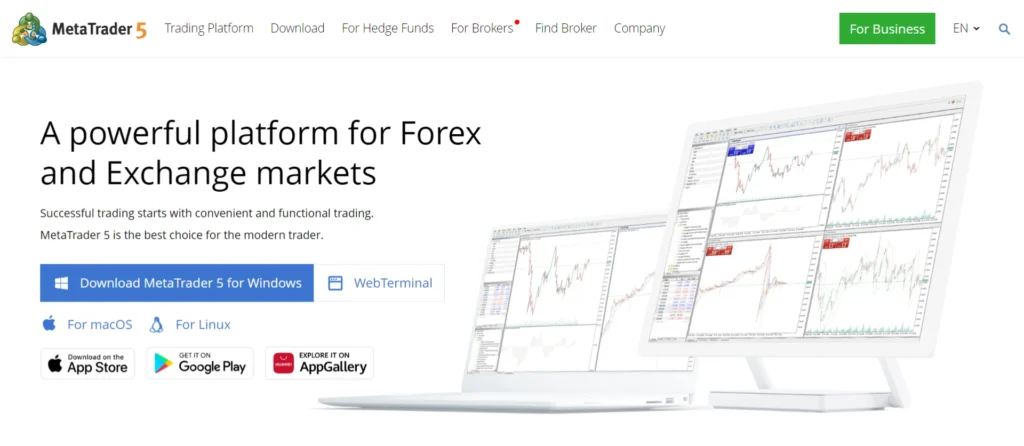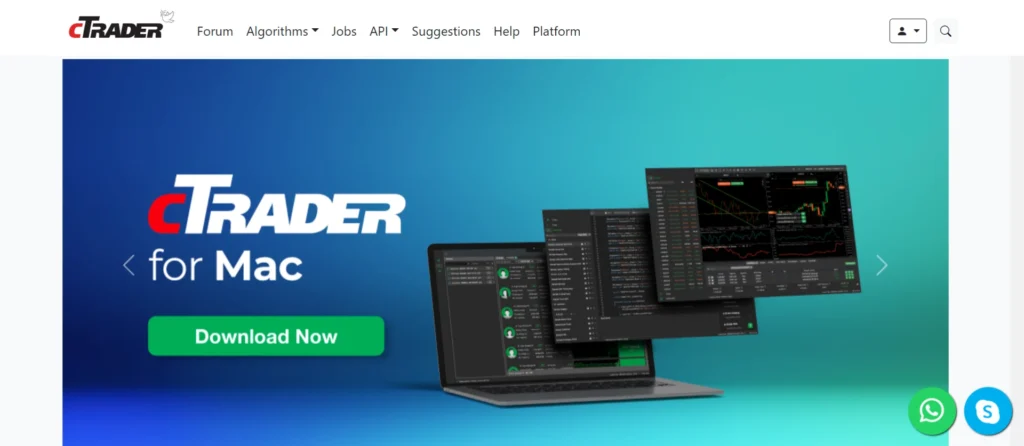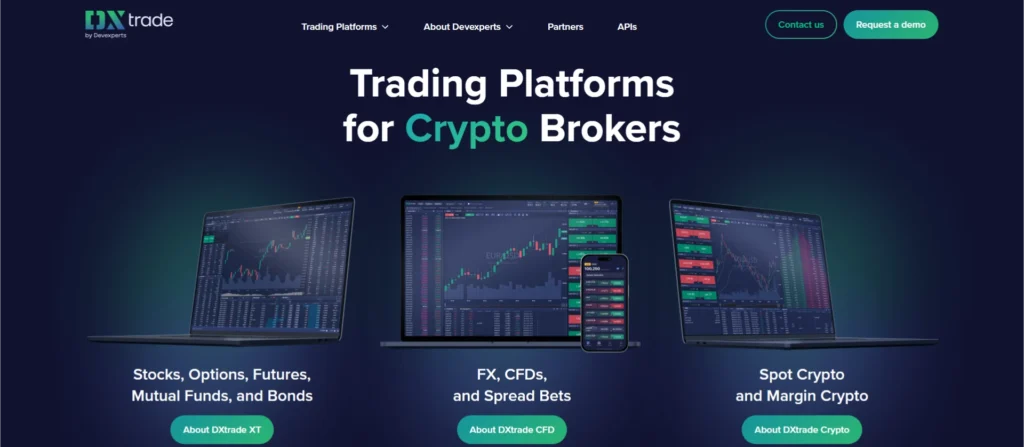Introduction
Picking the right trading platform is a big deal for any trader, beginner or pro. It can affect how well you trade and how happy you are with the whole experience.
There are many trading platforms out there, all with different features. This guide will help you figure out what to look for in a platform and how to choose the one that’s right for you.
We’ll cover things like how easy the platform is to use, what kind of analysis tools it has, how reliable it is, and how secure it is. By the end of this guide, you’ll know how to pick a platform that helps you trade your best.
Know Yourself, Choose Your Weapon: Picking the Perfect Trading Platform
Before you jump into the world of trading platforms, take a minute to figure out what kind of trader you are. How often do you trade? What do you like to trade (stocks, currencies, etc.)? When do you trade most (during the day or after hours)? The answers will help you pick a platform that fits your style.
Are you a Speed Demon or a Patient Trader?
There are different types of traders. Day traders make quick trades based on tiny price movements. Long-term traders buy and hold for months or years, hoping for overall growth. Swing traders fall somewhere in between, holding positions for a few days or weeks to catch bigger trends.
Each style needs different tools. Day traders need real-time data to make those quick decisions. Swing traders might look for fancy charting tools to analyze trends. Figuring out your trading style will help you narrow down which features matter most.
Beyond the Features: Feeling Comfortable is Key!
A trading platform can have all the bells and whistles, but if it’s confusing to use, it won’t help you win. Imagine trying to make a trade in a hurry with a cluttered interface – not a good recipe for success! Look for a platform that’s easy to navigate and has a layout that makes sense to you. It should give you the tools you need without overwhelming you with a bunch of stuff you don’t need.
Growing with the Flow: A Platform that Adapts
As you gain experience, your trading needs will change. The right platform should be able to change with you. Look for one that lets you customize things. This could be anything from setting up your own chart indicators to creating automated trades (called “scripts”). Even something simple like rearranging the layout can make a big difference in how efficiently you trade.
Trading All-Stars: A Platform for Every Asset
Many traders like to diversify their investments across different markets. If you want to trade stocks, currencies, commodities, and even cryptocurrencies, make sure the platform you choose supports all of these. This will make your trading life easier and give you more flexibility in your investment strategy.
Choosing Your Trading Platform: Must-Have Features for Success
Imagine a perfectly tuned orchestra – every instrument plays its part to create beautiful music. Picking a trading platform is similar. You need the right features working together to give you a smooth trading experience. Here’s what to look for:
Easy to Use: The platform should be like a familiar song – clear and easy to navigate. Find trades quickly with a clean interface. You can even customize the layout for your preferences. Remember, less clutter means more focus and better trading.
Tools for Smart Decisions: Just like a musician needs notes, you need good info to trade well. Make sure the platform has a variety of tools to analyze the market. This could be anything from basic trend lines to fancy technical indicators. The more tools you have, the better you can spot trading opportunities.
Make it Yours: The best music is personal, and your trading platform should be too. Look for a platform that lets you customize things to fit your style. This could be anything from setting up your own chart displays to creating automated trades. As you get more experience, you can adapt the platform to grow with you.
Plays Well with Others: In today’s trading world, working with other tools is a must. Imagine a band that can’t play with other musicians! See if the platform connects with other services you use, like news feeds, social trading, or even special trading programs. This can give you more options and keep you ahead of the market.
Speed Matters: Trading moves fast, like a lightning-quick drum solo. You need a platform that can keep up. Make sure trades go through quickly and reliably, especially when things get hot in the market.
Fort Knox Security: Keeping your money safe is like protecting your prized instrument. The platform should have top-notch security features to keep your data and funds secure. Look for strong encryption, two-factor authentication, and a history of keeping things safe.
By checking these features, you can pick a platform that not only works for you today but also helps you succeed as your trading skills grow. Next up, we’ll compare some popular platforms and see how they measure up
Finding Your Trading Partner: A Look at Popular Platforms
Choosing a trading platform isn’t just about fancy features – it’s about finding a reliable partner for your trading journey. Let’s see how some popular platforms stack up to help you pick the best fit for your strategy.
MetaTrader 4 (MT4): The All-around Performer

- Great for: Beginners and experienced traders who value simplicity.
MT4 is a classic for forex trading, known for its user-friendly interface and strong functionality.
- Easy to Use: Navigating MT4 is a breeze, making it perfect for beginners.
- Packed with Tools: It has a good range of technical indicators and charting tools for most trading strategies.
- Go Beyond the Basics: Customize MT4 with automated trading programs (Expert Advisors) and personal indicators for a tailored experience.
- Big Community: Get help, scripts, and extra plugins easily thanks to the large MT4 community.
MetaTrader 5 (MT5): Power Up Your Trading

- Great for: Traders who want advanced features and multi-asset trading.
Consider MT5 as the powerful sibling of MT4.
- Trade More: MT5 lets you trade stocks, futures, and forex, making it versatile for exploring different markets.
- Deeper Analysis: It offers more technical tools, charts, and timeframes than MT4 for a richer analysis experience.
- Level Up Your Strategies: The MQL5 scripting language is stronger than MT4’s, allowing for better testing and optimization of your trading strategies.
- See the Market Better: The Market Depth feature shows buy and sell volumes at different prices, giving you insights into market sentiment.
cTrader: The New Kid on the Block with Modern Features

- Great for: Those who value a sleek interface and advanced charting tools.
cTrader is a fresh take on trading platforms, offering a modern and user-friendly experience.
- Clean Interface: cTrader is known for its sleek, customizable design that’s easy on the eyes.
- Charting Masterclass: It provides advanced charting features and a wide range of timeframes, ideal for technical traders.
- Built-in Algorithmic Trading: Create automated trading strategies directly within the platform with cAlgo.
- Full View of Prices: Get access to the full range of executable buy and sell prices directly from liquidity providers.
DXtrade: The Web-based Powerhouse

- Great for: Traders who want a convenient, feature-rich web platform.
DXtrade is a newcomer offering a powerful web-based solution, accessible from anywhere.
- Trade Anywhere: No software download needed! Use DXtrade from any device with a web browser.
- Make it Yours: The interface is highly customizable, allowing you to set up your workspace just how you like it.
- Advanced Order Tools: DXtrade offers advanced order types and risk management tools for all experience levels.
- Real-time Insights: Get real-time analytics and reporting to make informed trading decisions quickly.
Remember, each platform has its strengths and caters to different trader types. Consider your priorities – a vast analytical toolbox, multi-asset trading, or a user-friendly web interface – to pick your perfect partner.
The Foundation of Success: Performance and Stability
A trading platform’s performance and stability are like the foundation of a house – they underpin everything else. You need a platform that can execute your trades quickly and reliably, especially during critical moments. Here’s what to consider:
Rock-Solid Reliability: Look for a platform with a proven track record of uptime. It should be able to handle heavy trading periods without crashing or slowing down. Check the platform’s uptime statistics to get a sense of its reliability.
Speed Matters: In the fast-paced world of trading, milliseconds can make a difference. Make sure the platform can execute your trades quickly and efficiently. Try using a demo account during peak hours to test the platform’s response time.
Keeping Up with the Times: Regular updates are essential for maintaining security and performance. However, these updates shouldn’t disrupt your trading or force you to constantly change your settings. Choose a platform that balances keeping its software up-to-date with a smooth trading experience.
Help When You Need It: Support, Community, and On-the-Go Access
A strong support system and a vibrant community can be your safety net in the trading world. Here’s why:
Get Help Whenever You Need It: Look for a platform with 24/7 customer support across multiple channels. Live chat, email, and phone support ensure you can get help quickly if you run into technical problems.
Boost Your Trading Skills: Some platforms offer educational resources like tutorials and guides. This can help you learn new strategies and get the most out of the platform’s features.
Connect with Other Traders: An active online community allows you to connect with other users, share strategies, and get valuable insights. It’s a great way to learn from experienced traders and find solutions to common problems.
Trade from Anywhere, Anytime: The ability to trade on the go is crucial in today’s fast-paced markets. Here’s what to look for:
Mobile App Powerhouse: A good platform should have a mobile app that offers all the features you need to trade and manage your account, just like the desktop version.
Web Trading for Flexibility: If you prefer not to download software, a web-based platform lets you trade from any computer with an internet connection.
Stay Synced Across Devices: Seamless synchronization between your mobile app, web platform, and desktop ensures your charts, analysis, and trades are always up-to-date no matter which device you’re using.
Fortress of Security: Keeping Your Money Safe
When it comes to trading platforms, security shouldn’t be an afterthought – it’s your money on the line! A good platform should be a vault, protecting your personal and financial information with advanced encryption technology.
Imagine an impenetrable fortress safeguarding your trades, not with bricks and mortar, but with secure coding. Here’s what to look for:
- Encryption: The platform should use strong encryption to scramble your data, making it unreadable to anyone who shouldn’t see it.
- Two-Factor Authentication (2FA): This extra layer of security requires a second code, besides your password, to log in. It’s like having a guarded gatekeeper who only lets authorized traders enter.
- Regulation: Look for a platform that adheres to strict regulatory standards. This helps ensure they have robust security measures in place.
- Regular Security Audits: Just like a well-maintained castle, a secure platform should undergo regular checkups to identify and fix any vulnerabilities.
Charting Your Course: Understanding Trading Costs
The exciting world of trading comes with associated costs. Here’s what to watch out for:
Trading Fees: These are fees charged directly for buying and selling securities. They can come in different forms like commissions (a flat fee per trade) or spreads (the difference between the buy and sell price). Be sure to compare these fees between platforms, as they can impact your profitability.
Non-Trading Fees: These are additional charges that may not be immediately obvious. They could include inactivity fees for accounts not used frequently, withdrawal fees for taking your money out, or account maintenance fees. Understanding these fees is crucial to avoid surprises and ensure your trading strategy remains profitable.
Look for Transparency: A clear and transparent fee structure is essential. Choose a platform that spells out all its fees upfront so you can factor them into your trading decisions. With a good understanding of both trading and non-trading fees, you’ll be well-equipped to navigate the financial markets with confidence.
Before You Dive In: Demo Accounts and Trials
Think of a demo account as a practice pool before jumping into the real ocean of the financial markets. It’s a safe space with virtual money to:
- Test Your Trading Strategies: Without risking real cash, you can try out different trading ideas and see how they perform.
- Learn the Platform: Get comfortable with the platform’s features and how to place trades.
Keep in mind: Demo accounts are fantastic for learning, but they may not perfectly mirror real-world trading. Things like super-fast execution speeds or extreme market volatility might be different in a live account. It’s more like a dress rehearsal for the real performance.
Choosing Your Trading Partner
Picking a trading platform is a big decision. It should be a partner that complements your trading style, goals, and helps you grow as a trader. The perfect platform isn’t just about features, it should be user-friendly for beginners but also offer advanced tools for experienced traders.
Here’s what to consider at this critical juncture:
- Matching Your Needs: Choose a platform that aligns with your trading style. Are you a beginner needing a simple interface, or a seasoned pro seeking advanced features?
- Room to Grow: Think long-term. Will the platform adapt to your evolving needs as your trading skills progress?
- An Extension of You: The ideal platform should feel like a natural fit for your trading philosophy. It should amplify your strengths and support any weaknesses.
By considering these factors, you’ll be well-equipped to choose a platform that feels more like a trusted partner on your trading journey.
The Final Voyage
We’ve reached the end of our journey exploring trading platforms. Remember, this isn’t just a pick-me-up decision – it’s a strategic one that shapes your entire trading experience. The right platform becomes your trusted companion:
- Aligned with Your Vision: It should reflect your trading philosophy, supporting your strategies and adapting as the markets change.
- Always on Deck: In today’s 24/7 markets, a secure, reliable, and user-friendly platform is crucial. It should not only execute your trades but also empower your decision-making with valuable insights and analysis.
Every Detail Matters: Scrutinize everything – from robust security to clear fee structures. Every aspect should meet your high standards.
A Platform that Grows with You: As you gain experience and refine your approach, your needs will evolve. The platform you choose should evolve with you, offering features like advanced charting tools, educational resources, or a supportive community to fuel your trading success.
The First Step to Success: Selecting a trading platform is a critical first step that sets the stage for your entire trading journey. Choose wisely, with a clear vision of your long-term goals. With the right partner by your side, the complexities of the market transform into a landscape of opportunity, waiting to be conquered with confidence and skill. Remember, you’re not just choosing a tool – you’re choosing a partner that will shape your future in the trading world.







